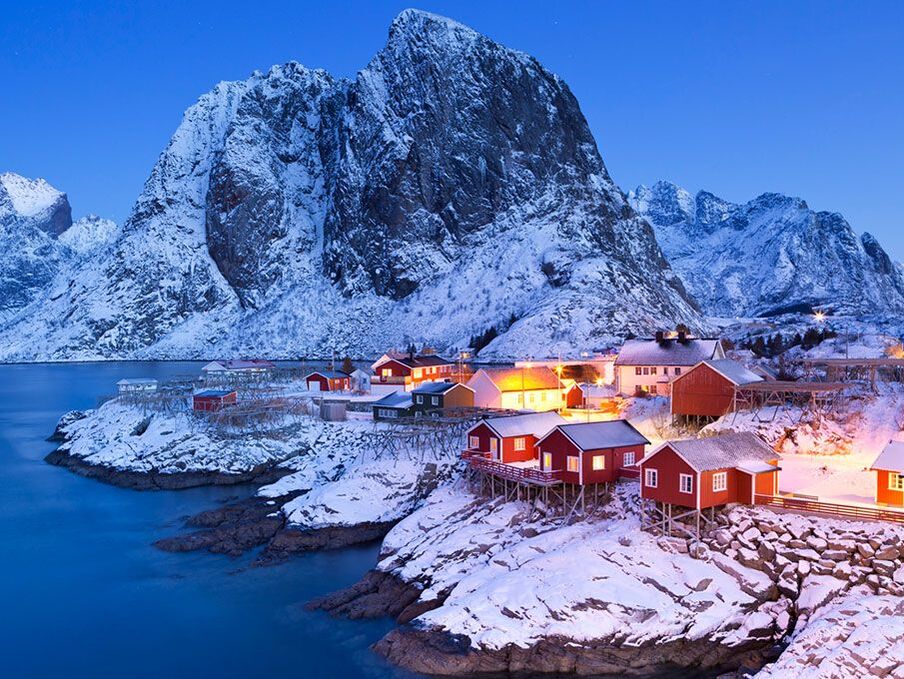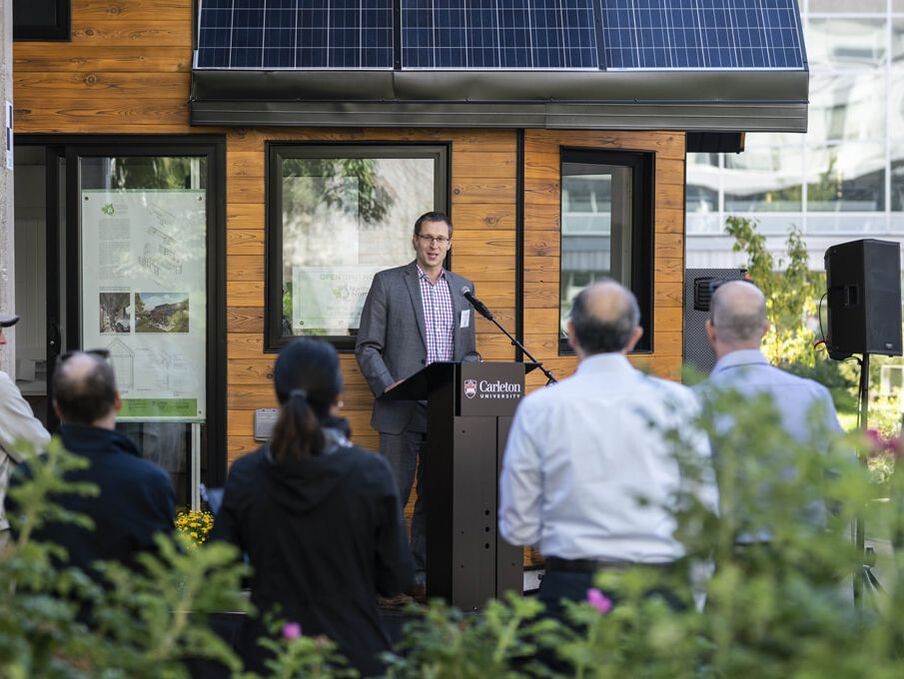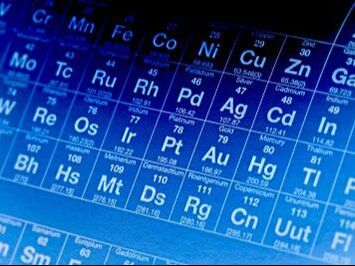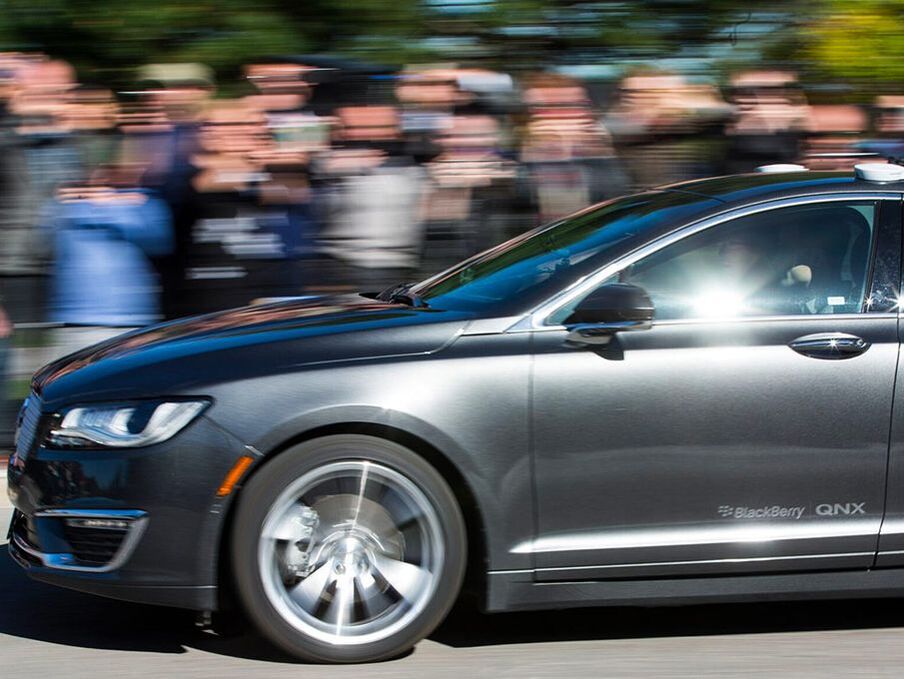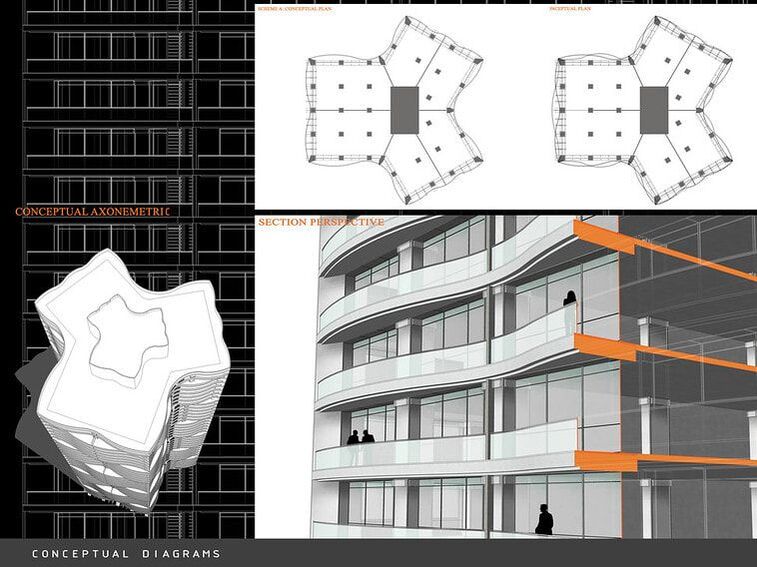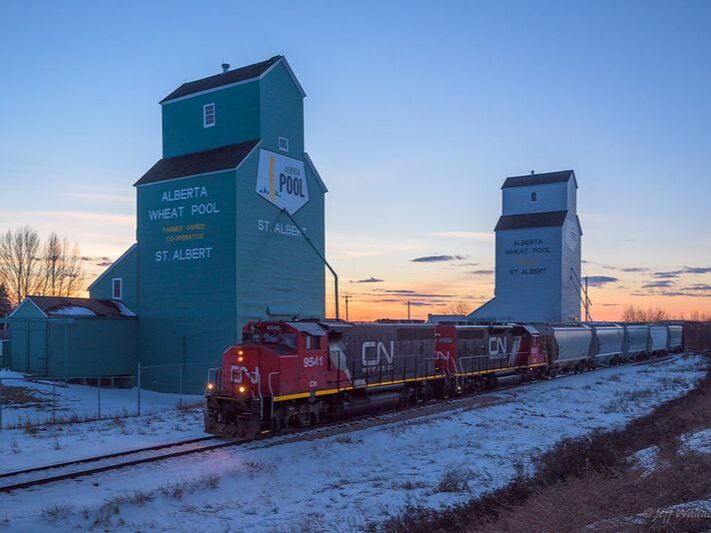- Home
- Technology
- Management
- Health Care
- Earth Sciences
- Particle Physics
- Engineering
- Stories of Turtle Island
- Startup Companies
- The Lost Ships of the Franklin Expedition
- Wildlife
- Archaeology
- Palaeontology
- Architecture, Land Use and Planning
- Politics and International Development
- COVID-19
- University Life
Permafrost partnership tackles northern constructionThe last shovel of dirt on a strand of gravel connecting a tiny town to a nearby hamlet rarely marks a national milestone, but when the ribbon was cut on the Inuvik-Tuktoyaktuk Highway in November 2017, the new road was greeted with a community feast and compared to the last spike of the Canadian Pacific Railroad.
That’s because the two-lane road didn’t just connect Tuktoyaktuk with Inuvik, it linked Canada’s continental road system to the Arctic shore. For the first time, Canadians now drive from sea-to-sea-to-icy-sea, all year round. Click here for full text |
Tiny house optimized for northern climateA tiny house can be emblematic of simplicity and minimalism, or an affordable entry point in to an overheated housing market.
But the Northern Nomad is more than that. It’s Scott Bucking’s vision of sustainability. The Northern Nomad began when Bucking assigned a fourth-year capstone project. The assistant professor in Building Information Modelling challenged his students to create an energy autonomous house. Last Saturday, they revealed the fruits of their labour by opening the doors to the public – in small doses, of course. Click here for full text |
Flame-produced nanoparticles have applications in next gen techFrom the moment our ancestors built the first fire, humans have used flames to create nanoparticles. But we are only beginning to harness the power of fire to control the properties of nanoparticles.
“We're all familiar with black smoke from a candle. These particles are a type of combustion-made nanoparticle, and have been used for centuries. In ancient times, nanoparticles from smoke were captured and used to make ink. However, these are just one type of nanoparticle we can make with combustion,” says Reza Kholghy, Canada Research Chair in Particle Technology and Combustion Engineering. Click here for full text |
Autonomous vehicle test models spoofing attackThere are more than 7.5 million kilometres of roads in North America and their conditions are constantly changing. Construction, potholes, accident scenes, new road signs and altered road geometry each present a challenge for today’s autonomous vehicle technologies, which use a combination of on-board sensors and cameras to interpret their environment.
These types of technologies are vulnerable to visual disruptions, including weather conditions. They can struggle to recognize a stop sign that’s covered in snow or ice — or even one that’s been vandalized with graffiti. Click here for full text |
Using generative design to improve building performanceBuildings account for more than half of the world’s electricity consumption — but they don’t always consume energy efficiently.
Worldwide, there are many thousands of buildings that are heated, lit and cooled, even when they’re largely unoccupied. A new research project based is using computer modeling and generative design to reduce energy consumption and greenhouse gas emissions. “Generative Design allows you to establish parameters, and an algorithm will automatically generate design variations based on those parameters,” says Stephen Fai. Click here for full text |
Making rail transport more efficient with composite materialsIf you’ve ever sat idling impatiently as an apparently endless stream of boxcars rolling past a level crossing, you won’t be surprised to learn that freight trains can reach nearly four kilometres in length and carry thousands of tonnes of cargo.
But there’s economy in that scale: rail is an ultra-efficient way to ship goods over land. A single litre of fuel can move a ton of goods nearly 200 km – about four times the fuel efficiency of highway shipping. That’s because steel wheels on smooth rails produce little friction, and while the engine meets with wind resistance, the cars behind it don’t add much drag. Click here for full text |
